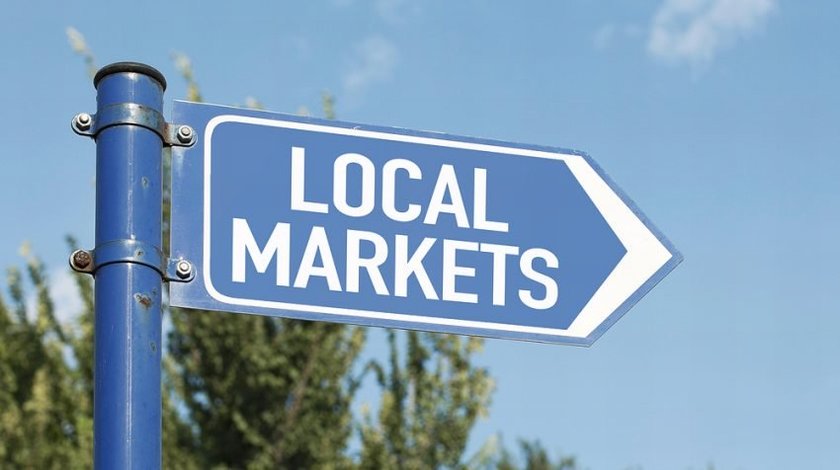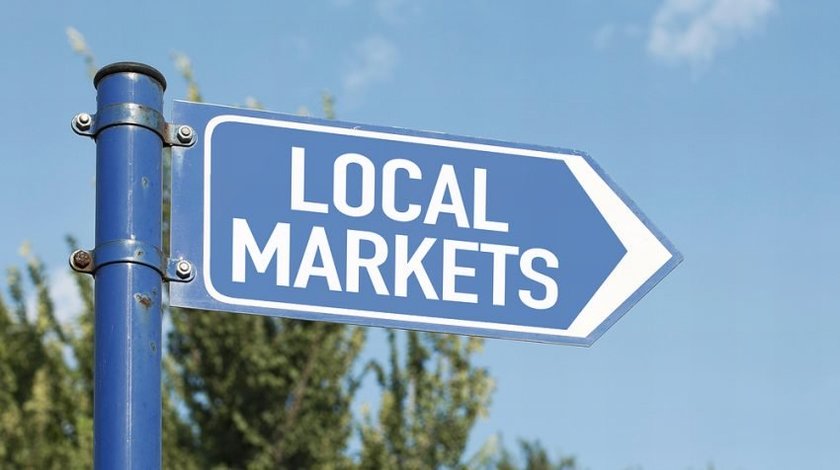Are you doing all you can to market your retail store to local shoppers? One easy way to get more customers into your store is to focus on your local search rankings. Local search is becoming increasingly important for business marketing because more and more people are conducting online searches on their mobile phones rather than on desktop computers.
This is especially common when people are looking for local retailers with whom to do business. Whether we’re out and about or sitting on the couch, most of us quickly reach for our phones to look up the location, hours or phone number of local businesses. The growth of mobile search has already inspired Google to favor mobile-friendly sites in mobile search results; now, the search giant is also favoring websites that are optimized for local search.
What does this mean to your store? You need to optimize your business for local search. Here’s how:
Local Search Engine Optimization
Start by claiming your Google My Business listing, if you haven’t already done so. This is free and simple to do.
The next step is optimizing your listing. Provide information that is complete, detailed and will help make prospective customers make the decision to visit your store. This includes the basics — your store’s address, phone number, hours of operation and website URL. Once that’s in place, add more information, such as directions, photos of your store or popular products, that could sway customers in your favor instead of your competition’s.
Google My Business is not the only local search directory out there, although it is the most important. You can boost your search results even more by claiming your listing on other local search directories, such as Citysearch, MerchantCircle and, of course, Yelp. You may want to include regional or city-specific directories as well.
Once you’ve claimed your listing on local search sites that are relevant to your store, follow the same optimization procedure with each one. In doing so, it’s important to make sure that the information you provide is consistent across all of the search directories. And I do mean consistent — down to details such as spelling out “Street,” abbreviating “Southwest” or using “&” instead of “and.” If there are any discrepancies, no matter how small, in information such as your business name, address and phone number, Google may be confused about whether the listings refer to the same business. This will hurt your ranking in search engine results.
Last step: Once you have claimed and optimized listings on all the local search sites you can think of, you need to make sure they stay current and updated. Every month (or more often if you have frequent changes in merchandise or promotions at your store), review your listings and check the information. If anything is different — for example, a new phone number or expanded hours for the holiday shopping season — update it. You should also freshen your listings periodically with new photos, videos or other content to boost your standings in search engine results.
Are you thinking, “Whew, that’s a lot of work”? Local search engine optimization can be time-consuming, given how many local search directories exist. One way to save time while still getting good results is by using a service that claims, optimizes and updates your listings across all of the local search directories. (If your business’s webhost offers marketing services, this is probably one of the functions they can handle for you.) The nominal cost will be well worth the time you save in getting this housekeeping chore off your hands — and in the new customers that you’ll find visiting your store as a result of your local search engine optimization efforts.
Local Photo via Shutterstock


